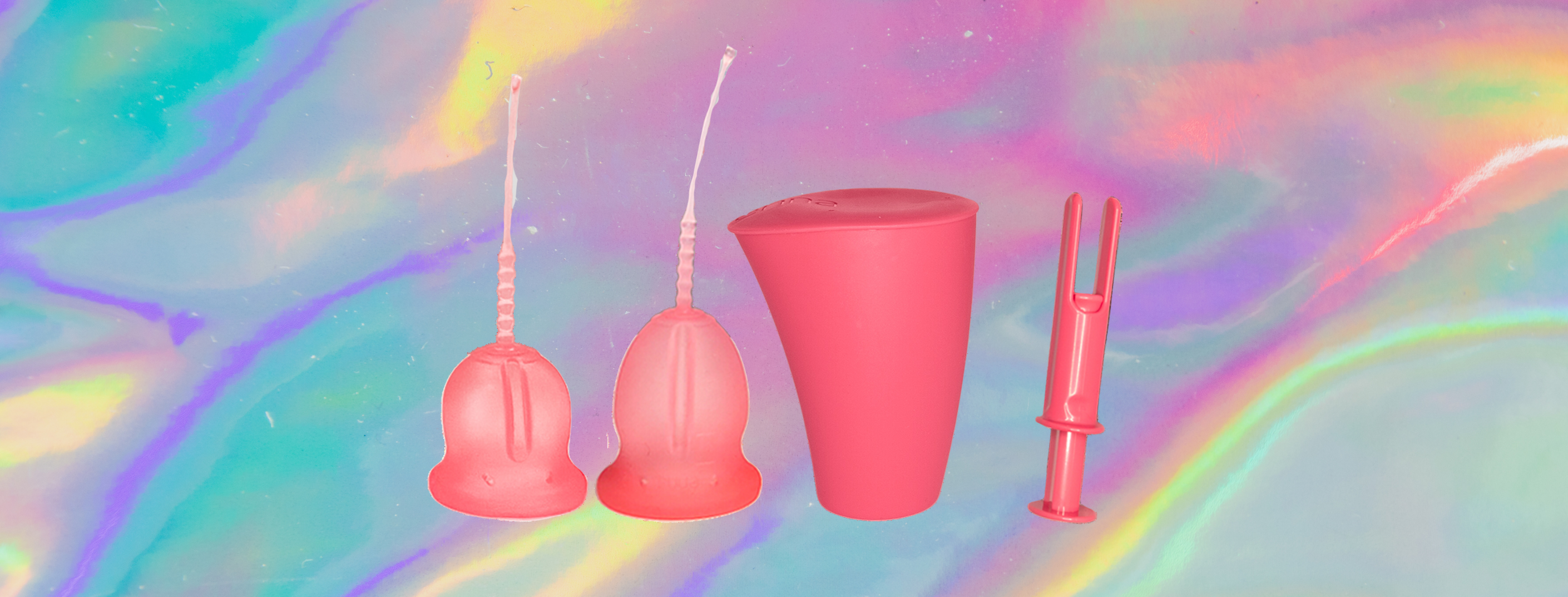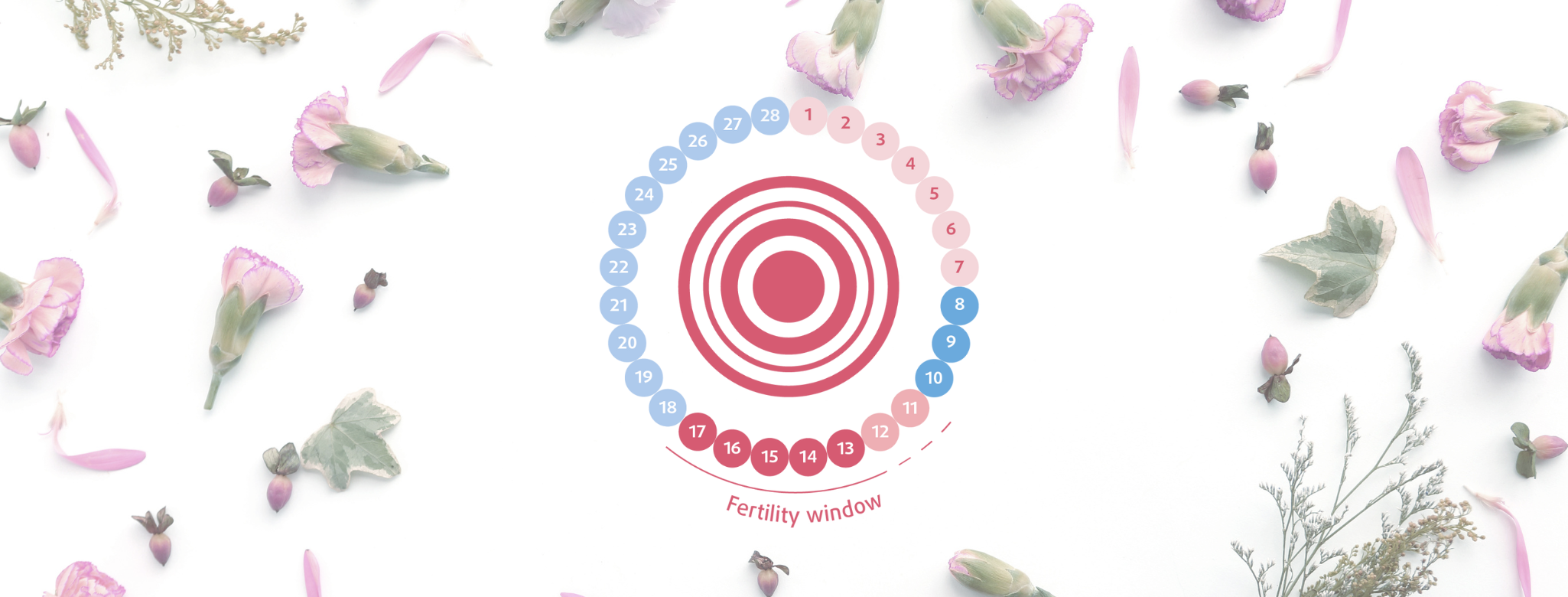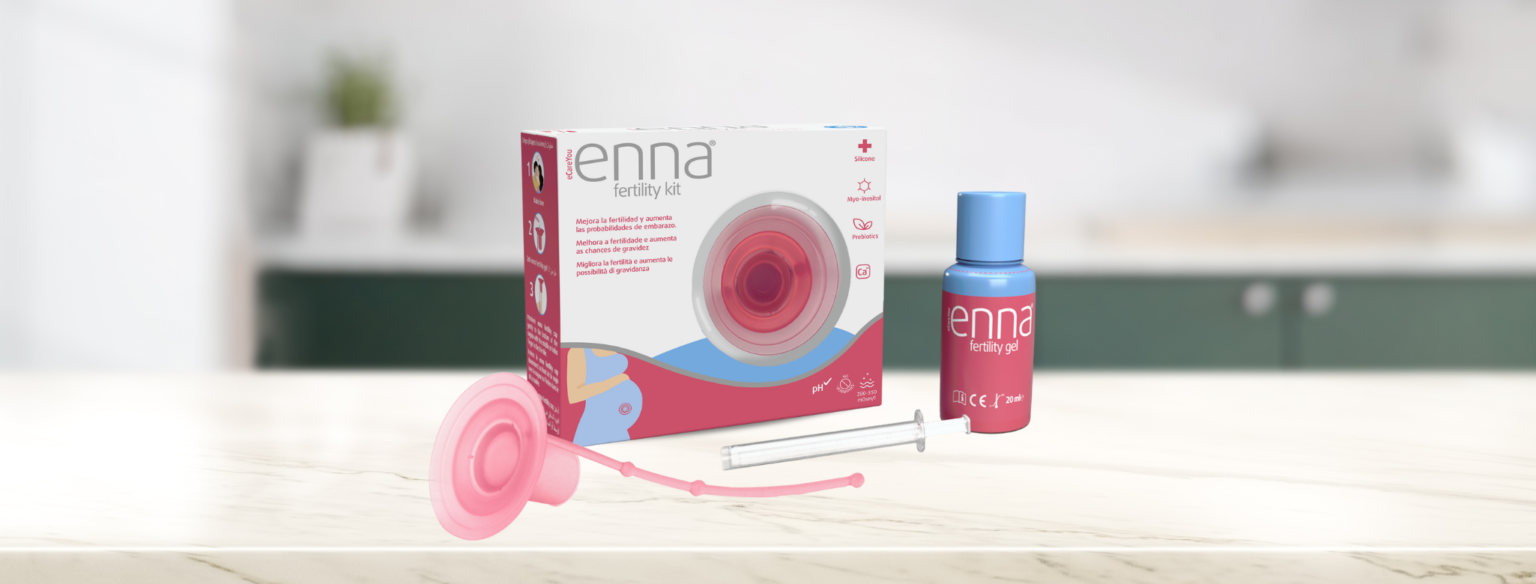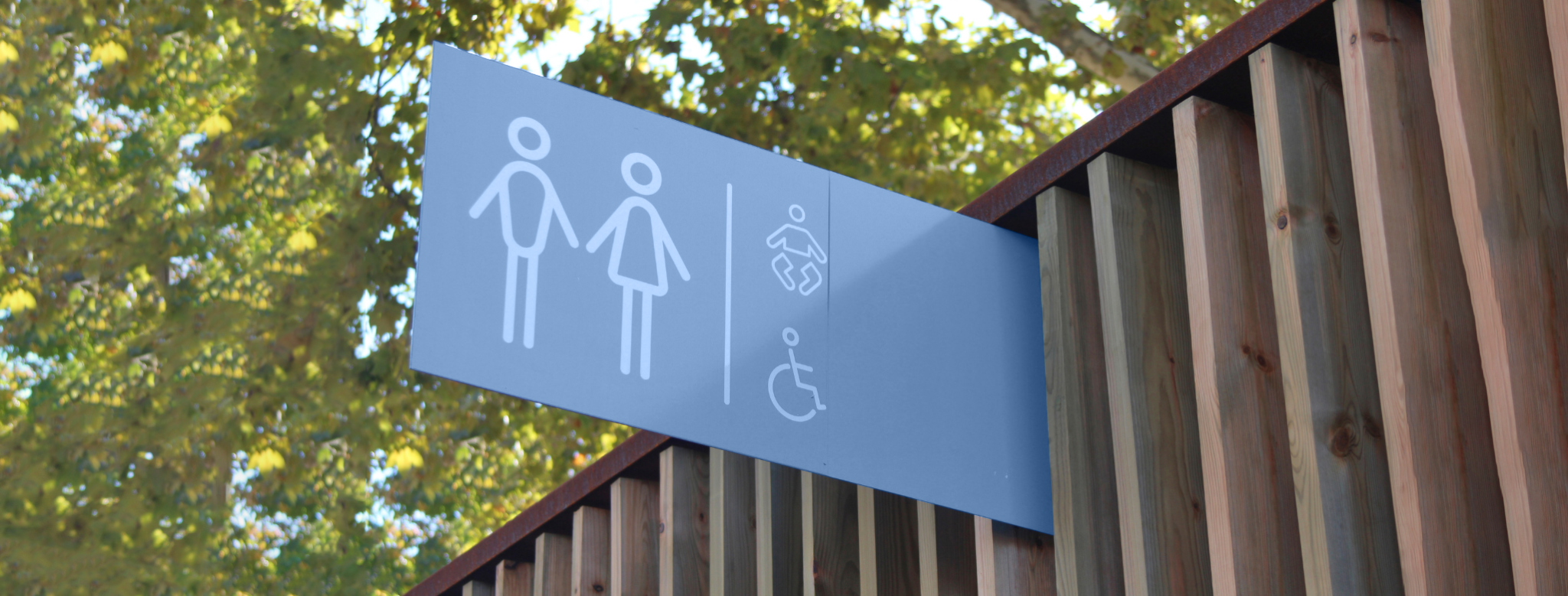Your ovulation days are the dates when you are most fertile and have the best chance of becoming pregnant if you have sex without protection. One of your ovaries releases an egg, which travels along the fallopian tube and stays there for between 12 and 24 hours. If fertilisation doesn’t occur, it will continue down and pass through the vaginal canal, along with traces of endometrium, as menstruation.
How can I tell if I am ovulating?
In a regular cycle of 28 days, ovulation occurs on day 14. The days immediately before and after this are the phase known as the fertile window. During the follicular phase of the menstrual cycle, the ovarian follicle develops an egg. When it reaches the correct size, the hormone LH (Luteinising Hormone) sends a signal causing the egg to break out of the follicle and descend along the fallopian tube.
As not all cycles last for 28 days, it’s important to know your menstrual cycle so that you know when you are ovulating, especially if your aim is to get pregnant. The fertile period or window lasts from 2-3 days before ovulation to 2-3 days after: from day 11 to 17. If your cycle is regular, but not 28 days long, you need to subtract 15 days from your expected menstruation date. At enna, we have created the ovulation calculator to make it easier to do the calculation that, together with enna fertility, will help you conceive. .
Ovulation symptoms
As well as keeping on top of your cycle, it helps if you can recognise certain symptoms that go hand in hand with ovulation:
- Discharge: your oestrogen levels cause the cervical mucus to become more slippery, stretchy and clear, which enables the spermatozoa to pass through it and move smoothly towards the uterus and fallopian tubes.
- Temperature: During the ovulation period, progesterone causes your body temperature to increase by 0.2 to 0.5 degrees.
- Cervix: The cervix rises, becomes softer and has a larger opening to enable the spermatozoa to enter.
- Cramps: You may feel some pain and discomfort in the lower part of your belly.
Can you have a cycle without ovulating?
Cycles without ovulation (anovulatory cycles) are due to hormonal imbalances. They often occur in women with polycystic ovary syndrome (PCOS), hyperprolactinaemia or thyroid problems.
There are other causes, such as premature ovarian insufficiency, in which the ovaries stop working before a woman reaches the average age of menopause. The ovaries stop responding to the pituitary hormones and have lower oestrogen levels, causing egg production to stop.
Finally, anovulation can also occur when the hypothalamus and the pituitary gland don’t secrete the hormones that control the menstrual cycle: GnRH and gonadotropins (FSH and LH), respectively.
The main symptom of anovulation is amenorrhoea or the absence of menstruation. However, it’s also possible to have irregular cycles or abnormal bleeding. A woman’s basal temperature may be irregular and the characteristics of cervical mucus during ovulation described above may not be present.






